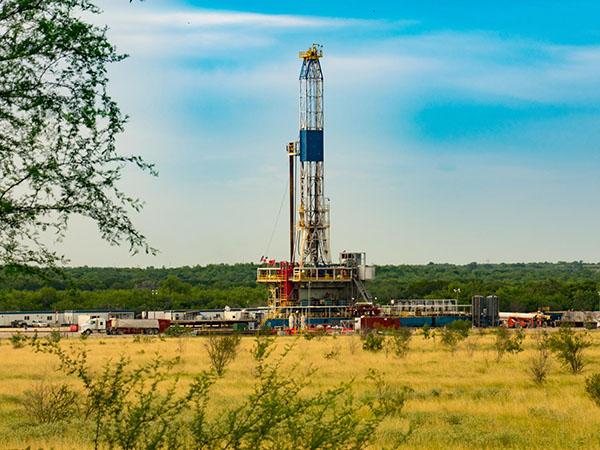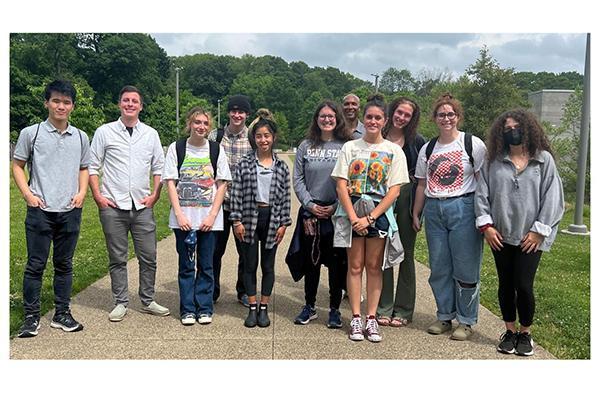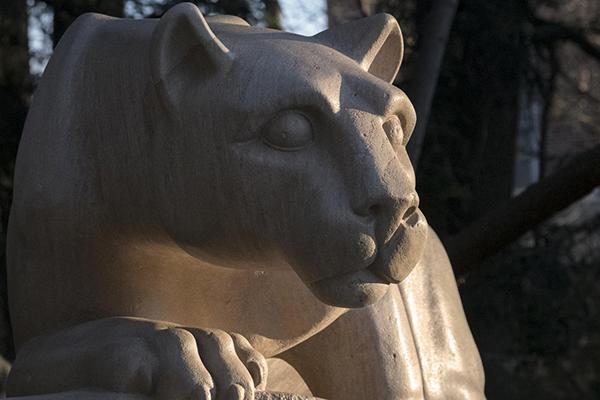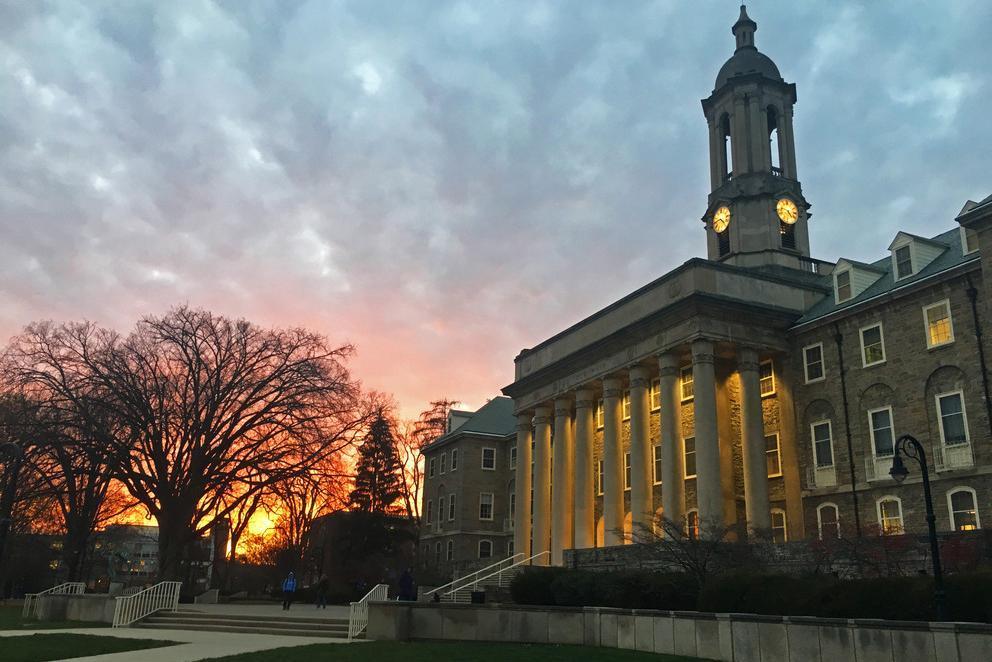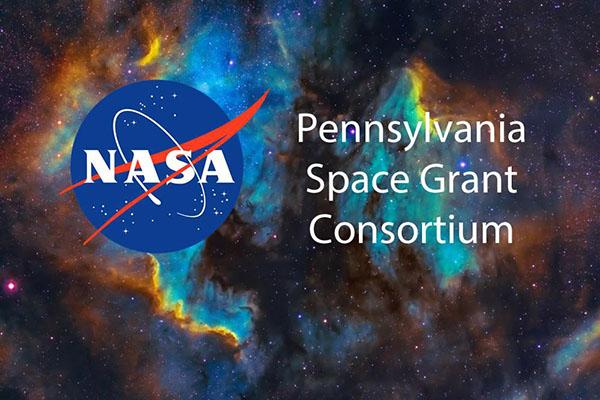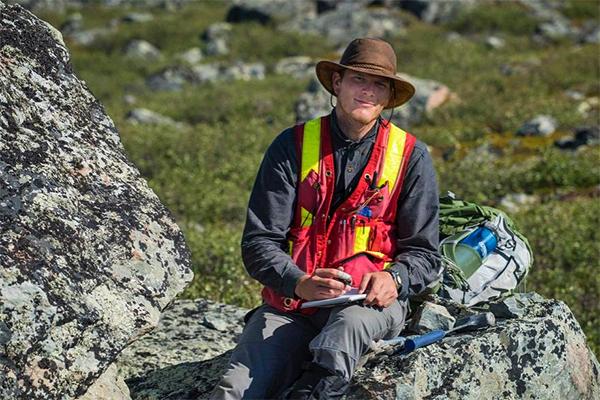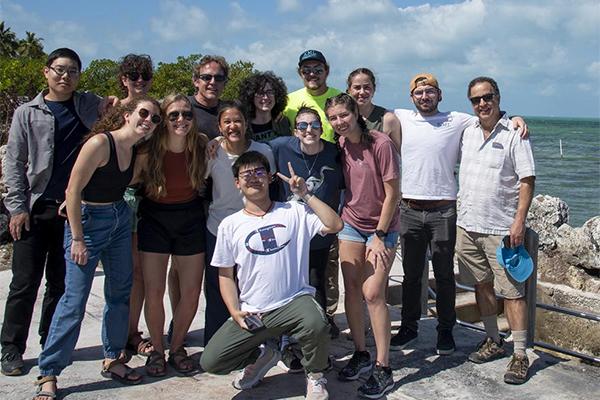Fracking for natural gas in parts of Pennsylvania with a legacy of energy extraction may increase the risk of groundwater contamination, according to a team led by Penn State scientists.
Penn State students Jackie Zheng and Sarah Fetter spent the summer in Pittsburgh, not to vacation, but to gain knowledge about a future in sustainability through the City Semester program facilitated by the Penn State Center Pittsburgh.
Penn State ranks in the top 50 in 16 subject area rankings and in the top 100 in the world in an additional 14 subjects, according to the Academic Ranking of World Universities (ARWU), which released its 2022 Global Ranking of Academic Subjects (GRAS) on July 25.
The emerging Penn State Water Consortium announced personnel updates to the Penn State Water Council and the addition of a director of research.
Students from the College of Earth and Mineral Sciences were among the 21 new National Science Foundation (NSF) Graduate Research Fellowship Program (GRFP) recipients for the 2022-23 academic year.
Kimberly Lau is being honored by the Geological Society of America (GSA) with its 2022 Donath Medal, or Young Scientist Award.
Seventeen Penn State graduate students including two from Geoscience have received 2022 NASA Pennsylvania Space Grant awards and been named graduate fellows.
Christopher House will serve as director of the Consortium for Planetary and Exoplanetary Sciences and Technology, effective July 1. House succeeds James Kasting, the consortium’s inaugural director, who is retiring after nearly 35 years at Penn State.
Jesse Reimink will use the Faculty Early Career Development Program from the National Science Foundation to shed light on how the Earth’s continents took shape between 2.5 and 4 billion years ago
During spring break, undergraduate and graduate students taking a course on marine biogeochemistry visited the Florida Keys for field exercises.


